The India Philanthropy Alliance (IPA) is a dynamic network of premier Indian charities dedicated to driving transformative change. Comprising 21 leaders in the U.S.-India philanthropy corridor, IPA operates with a clear vision: to amplify the impact of grassroots initiatives and foster sustainable development.
"IPA serves as a vital bridge between the United States and India, harnessing the collective power of philanthropy to effect positive change," says Director Alex Counts in this exclusive interview with TheCSRUniverse. With philanthropic contributions from Indian-Americans poised to grow in the coming years, IPA is working towards expanding that pie and encouraging a culture of generosity that that transcends borders.
With a unique approach that extends beyond fundraising, the organization is committed to youth engagement, donor education, and leveraging technology for more efficient service delivery. Through innovative strategies and constructive engagement with regulatory bodies, IPA navigates the intricate landscape of philanthropic funding in India, advocating for a conducive environment that facilitates charitable endeavors.
Our discussion also touches upon the second edition of India Giving Day which is scheduled to take place in March. Reflecting on the inaugural success of the initiative, Counts underscores its pivotal role in galvanizing support for grassroots initiatives. Looking ahead, he envisions a future where philanthropy serves as a catalyst for India's development journey.
Read the full interview to know more about India Philanthropic Alliance and to understand the immense potential that lies in collective giving:
Q. Please provide an overview of the India Philanthropy Alliance (IPA)- what is the overarching vision and how does it shape the organization’s focus areas, objectives, and work?
A. IPA is a network of leading Indian charities that mobilize talent and funding in the United States for programs and projects in India. Our board is composed of 21 leaders in the U.S.-India philanthropy corridor, and we work to demonstrate the outstanding execution capabilities of professionally run nonprofits in India and how the work of those organizations complement each other, and also the important work of the government. In addition to providing services that help Indian nonprofits thrive in the U.S., we have a major program in youth engagement that includes an annual youth essay competition, and in donor engagement and education that includes India Giving Day. One of our newer programs relates to harnessing the power of information technology for delivering services in India more efficiently and impactfully.
Q. Given the stringent norms for foreign philanthropic funding in India, what strategies does IPA employ to receive and mobilize its funds? How do you plan on engaging with regulatory bodies and other stakeholders to create an environment more conducive to philanthropy?
A. Nonprofits involved in IPA and India Giving Day use innovative techniques including galas, peer-to-peer fundraising, email campaigns, and social media to mobilize funds. They are compliant with the various regulations of the Indian government related to foreign funding of charitable work. We do not find those regulations to be a major impediment to resourcing and carrying out effective programs. They simply need to be studied, understood, and followed. At the same time, India has some of the most progressive laws in the world in terms of encouraging and requiring corporate social responsibility that benefits nonprofits significantly. However, we see opportunities for improvement in terms of how companies comply with the CSR laws, particularly in providing funding over longer time periods (which allows for smoother project planning and implementation) and in directing resources to the areas of the country with the greatest needs and opportunities for impact.
Q. As per a Bain Report, there is a rise in US philanthropy, with $471 billion contributed in 2022 alone. How does IPA plan to tap into this potential to make a meaningful impact on India's development?
A. Virtually every year, the amount of private philanthropy in the United States grows. As you mentioned, it is approaching $500 billion annually. At IPA, we believe that Indian-Americans are the sleeping giant of American philanthropy. Studies indicate that over the coming years, an additional $2 billion is expected to be donated annually by Indian-Americans, as their per capita contributions approach those of the American population in general. That is roughly the equivalent of adding a second Bill and Melinda Gates Foundation. That’s big! The latest study by Give and Indiaspora reinforces the earlier ones by the MacArthur Foundation and others.
At IPA, we work to ensure that India-focused charities active in the United States focus less on how they can target the existing donors of other organizations and more on growing the total amount of American philanthropy focused on India—in other words, not trying to get a bigger piece of a fixed pie, but instead baking a bigger pie for all of these outstanding nonprofits to share together in making positive changes in India.
We have been involved in philanthropic thought leadership related to the power of partnering effectively with local government agencies in India and about the benefits of philanthropy to the donor. But our flagship program to encourage more, better, and more joyful donating is India Giving Day, which is now in its second year. This year we are emphasizing the virtually unmatched execution capabilities of the best Indian nonprofits, who are in fact among the most effective mission-driven organizations in the world.
Q. How does IPA approach multifaceted problems like education, healthcare and sanitation, especially considering the scale at which interventions are required in these domains? Could you share some examples of the programs in these domains that are supported through the network?
A. IPA itself is a network of nonprofits, so we do not implement programs ourselves. But the organizations represented on our board and within the India Giving Day movement have extremely impressive capabilities to create positive changes on the ground in India. One of the techniques many of them use is to develop prototypes of effective service delivery that can be perfected and scaled up by local governments. We studied this issue for an entire year and wrote about the best practices we saw here.
IPA includes some extremely capable organizations working on education. Pratham is an obvious and well-known example, but others includeAkanksha Foundation, the Foundation for Excellence, Lotus Petal Foundation, AIF, Agastya, Teach for India, Children’s Hope India, Sehgal Foundation, Educate Girls, and more. Each one of these organizations has perfected techniques for accelerating achievement at various stages of children’s learning journeys. Akshaya Patrafacilitates learning by ensuring midday meals for children on a massive scale.
On the healthcare side, one example is the Antara Foundation, which helps the government system deliver better quality health care at scale and builds agency and community awareness to seek better health services. There are many other groups involved with IPA that play other constructive roles in improving health care in India. There are so many options to choose from! For my part, I donate to each of the organizations participating in India Giving Day because I find it impossible to limit myself to just a few.
Q. IPA mentions shaping a new narrative of philanthropy, rooted in joy and community. How do you plan to work towards understanding Indian communities (which are socially, culturally and linguistically very diverse) and making them equal partners in their own development journey?
A. Nonprofits involved with IPA usually work in a handful of states rather than nationally. This allows them to deeply understand the needs and preferences of local communities and other stakeholders, such as government. These organizations aren’t composed of well-intentioned foreigners trying to impose alien and even inappropriate ideas. Rather, these are truly Indian organizations that are led by people who know the terrain well and are constantly experimenting with more impactful and culturally appropriate interventions. The joy comes when donors to these organizations visit impacted communities and see what their giving makes possible.
Q. IPA aims to engage the Indian diaspora as active partners in India's progress. How do you foster this engagement, and what role does the diaspora play in shaping the organization's initiatives?
A. Most of the organizations involved in IPA have legal entities in India and in the U.S. Those in the U.S. are usually led by prominent members of the diaspora. Their boards are populated by Indian Americans who have had success in business or in other fields and who want to give back to their country of origin. Their professional staffs include top Indian-American nonprofit leaders. The diaspora’s fingerprints are all over our movement! Yet we don’t limit ourselves to mobilizing the diaspora, as important as that is. There are growing numbers of American citizens and companies that have a strong sense of affinity for and connection to India. My wife and I are examples of that. I have spoken Bengali fluently since my early 20s. We both love Indian culture and food. These connections between India and the United States are going to continue to deepen in the worlds of philanthropy, business, politics, technology, and diplomacy, to name just a few.
Q. The impact of social initiatives is determined, upto a great extent, by the quality of implementation partners. Please tell us about your collaborations with nonprofit, philanthropic, and charitable organizations in India?
A. Typically, organizations involved in IPA have constituency-building and fundraising arms in the U.S. and program execution arms in India. (The latter also raise funds in India.) We limit our work to supporting and promoting the most professionally run and most externally credentialled nonprofit organizations, as our way of emphasizing to sometimes skeptical donors that if you choose from among the top Indian nonprofits, you can’t go wrong. Their abilities are world class. There are some small, well-intentioned, and effective organizations that operate below our radar, and we applaud their work, but we emphasize those that are most validated and capable.
Q. Could you tell us a little more about India Giving Day- what led IPA to come up with this idea and what were the outcomes of the first edition of this initiative? What are the key initiatives planned for this year, and what impact do you anticipate?
A. When we learned, through an important study by Indiaspora and Dalberg, that Indian-Americans donated much more of their time to nonprofits than Americans typically do, but donated less, we thought that there was a huge opportunity to come together to promote the many exciting possibilities of giving to India. It took a few years for our board to warm up to the concept, as they wondered how it would attract new resources and whether it was worth the effort. In late 2021 we decided to launch this national movement for more, better, and more joyful giving to India that can lead to positive changes in the world’s largest democracy. We spent 2022 preparing for the first campaign, including learning from others who had used the giving day approach to mobilize funds for nonprofits in certain U.S. metro areas and states, and for universities. Our first campaign was incredibly fortunate to attract the support of the Rural India Supporting Trust that allowed us to run a credible national campaign, and we raised more than $1.3 million from more than 1,000 donors for 25 participating nonprofits on March 2, 2023. Our goal is to more than double these results on March 1, 2024, and to roll out important new initiatives to engage youth and young professionals. I feel confident that we will exceed these goals. We are pleased to announce that this year, the John D. and Catherine T. MacArthur Foundation has joined RIST as a major sponsor, which brings new resources and credibility to our campaign.
Q. We would like to know about your own observations on Indian philanthropy- have you marked any specific similarities or differences from global philanthropic trends? Besides regulatory issues, what else can we do to foster giving and elevate the impact of philanthropic funding?
A. In many ways, Indian and Indian-American philanthropy mirrors trends globally and in the United States generally. But there are some distinct elements. IndianAmericans like to see the impact of their dollars with their own eyes, to make sure it is real. This is why volunteerism is so high in the community, whereas donations have lagged a bit. But once someone visits a project they supported or better yet volunteers their time, confidence builds and donations start to flow more readily. There is also a tendency among some Indian Americans who have had success in business to initially engage in philanthropy in a transactional manner. They ask, “I am willing to give, but what’s in it for me, my company, or my family?” This is a decent place to start one’s philanthropic journey, but it is possible to evolve into a more transformational approach to philanthropy, where doing whatever it takes to solve a societal problem is the top goal and driving force. Moving forward, we encourage emerging donors to study the methods of people like our national co-chairs such as Raj Gupta and Deepak Raj, and to better harness the power of technology to magnify the impact of giving.
Q. Looking ahead, how do you see US philanthropy supporting India's development in the near future, and what role would IPA play in shaping the philanthropic landscape and growth story of the country?
A. The new study by Give and Indiaspora that was carried out by Bridgespan does a great job of showing how diaspora philanthropy can play a small but still crucial role in ensuring that India reaches its Sustainable Development Goals. These goals, if realized, would translate into significant improvements in living conditions amongst the poorest and addressing critical ecological issues as well. At IPA, we plan on continuing to build the case for more, more impactful, and more joyful giving by highlighting the world class nonprofits that participate in the national movement we call India Giving Day and also the benefits to donors of giving. Indeed, as Gupta and Raj mention in their article, “Research shows that people who give the most to charities are, on average, happier, healthier, and more successful than those who give less, or not at all.” The more people understand this, the more positive work will be supported and the more good will result.



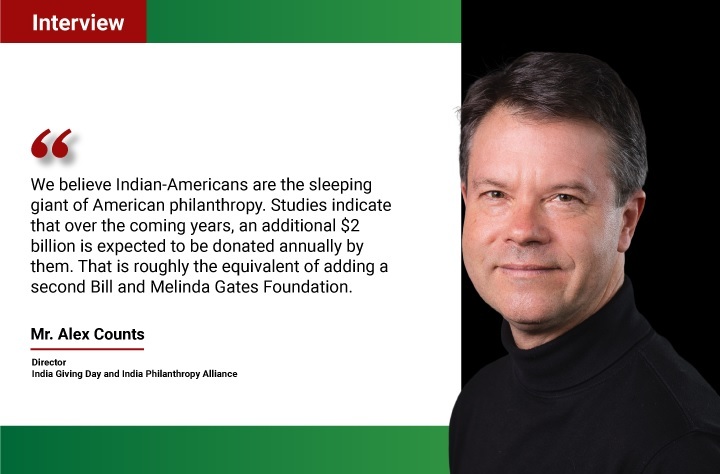
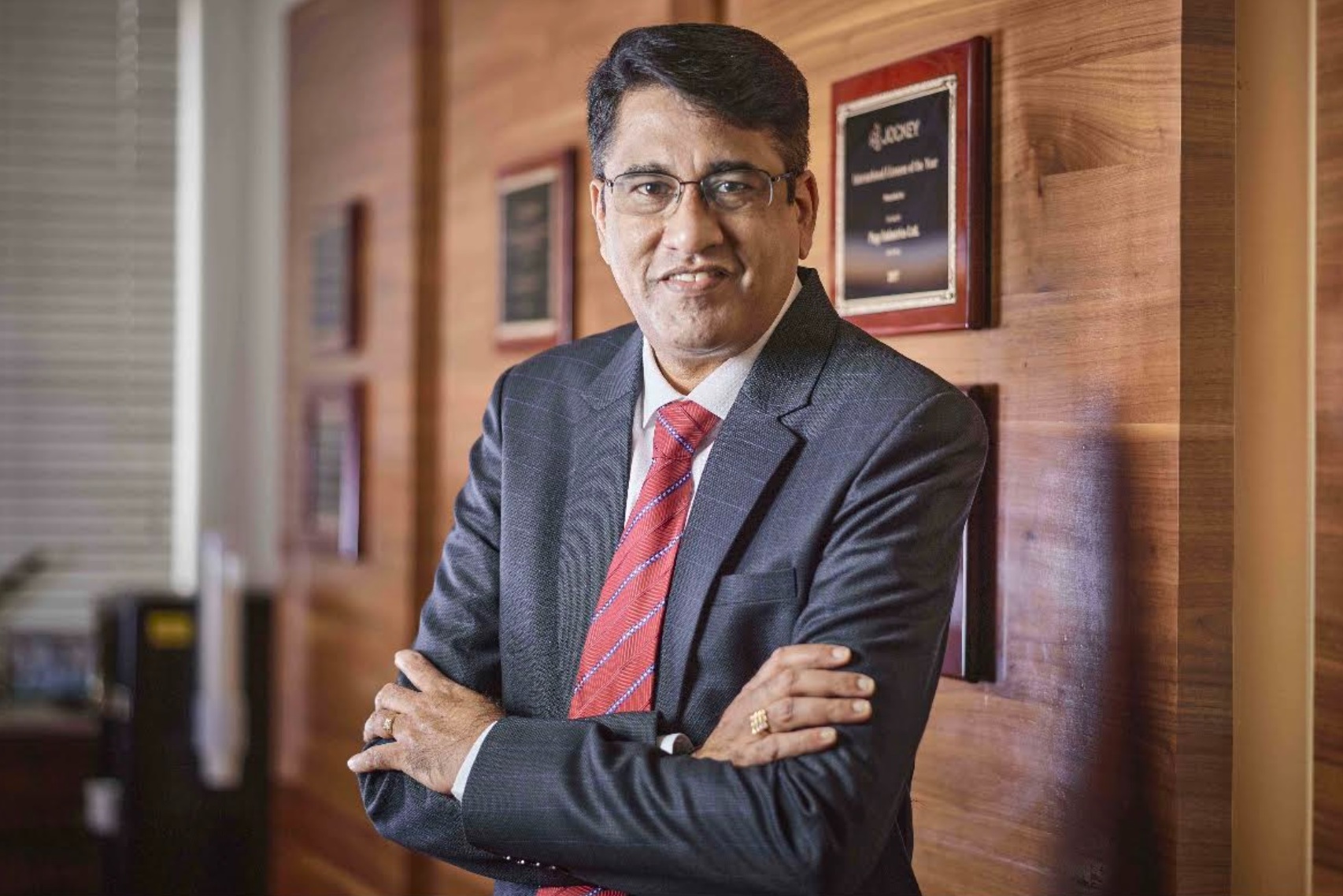

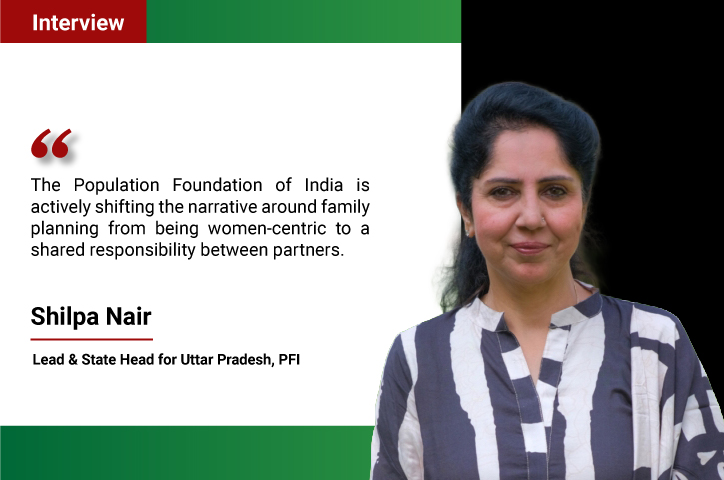
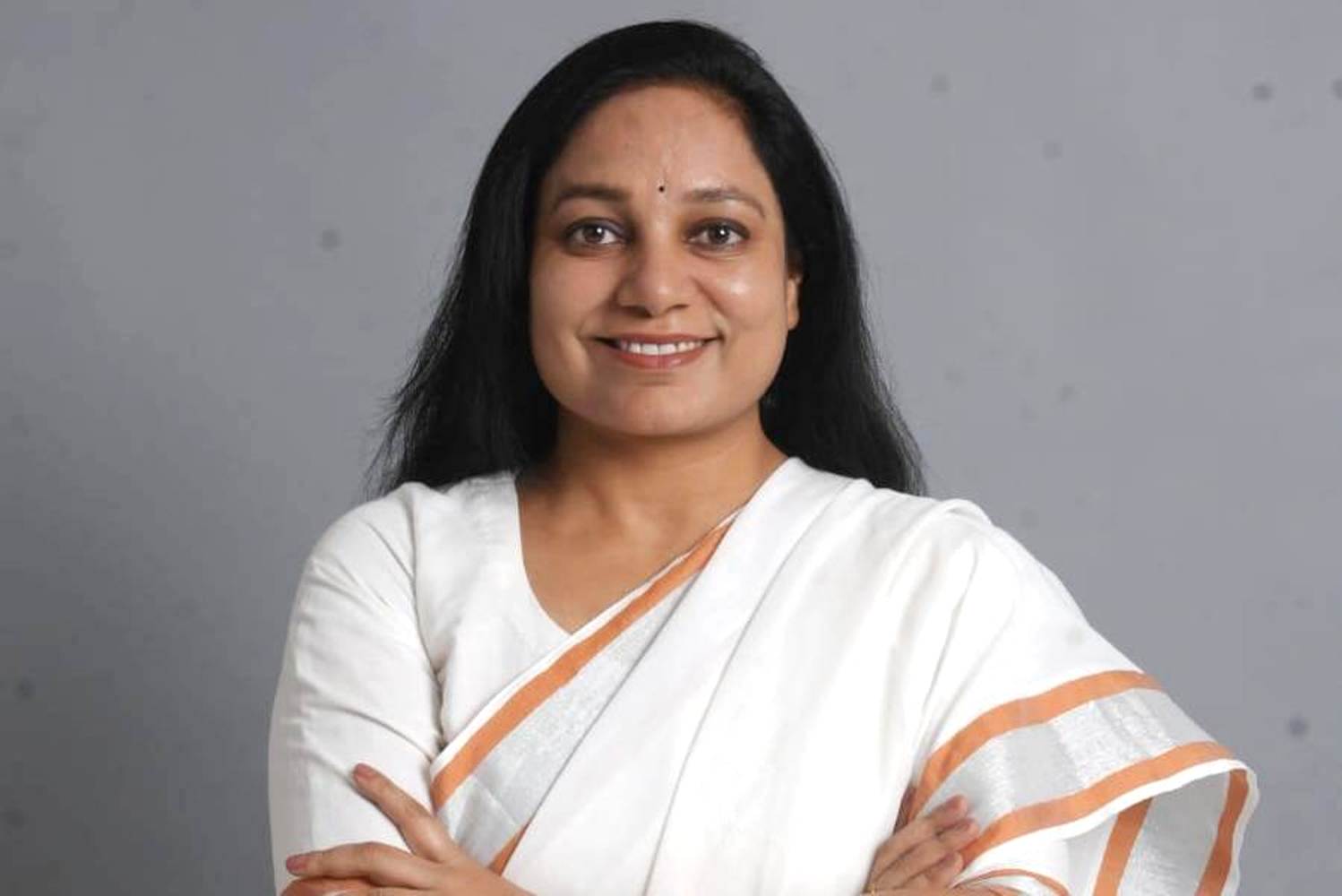


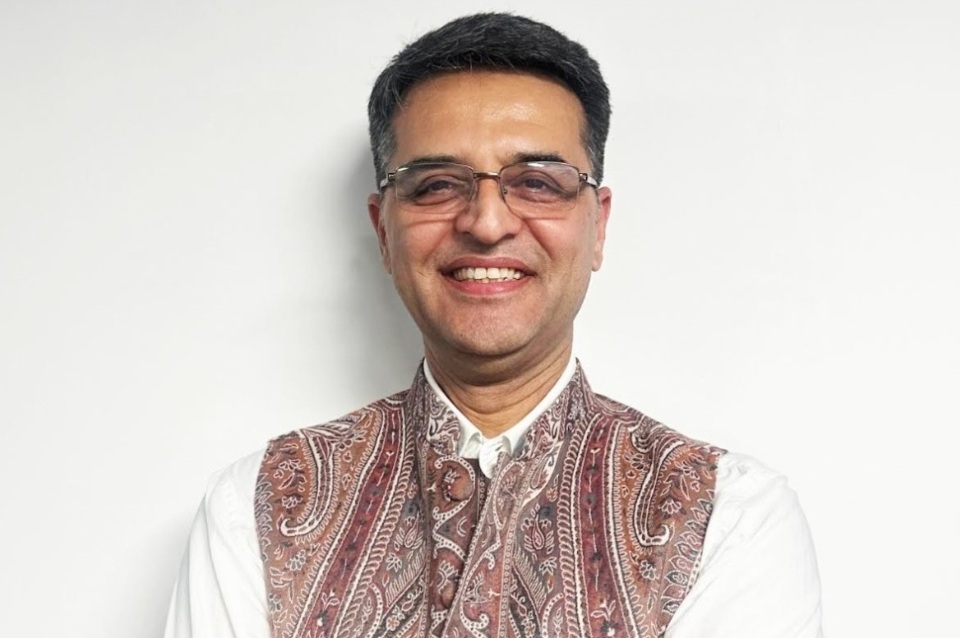
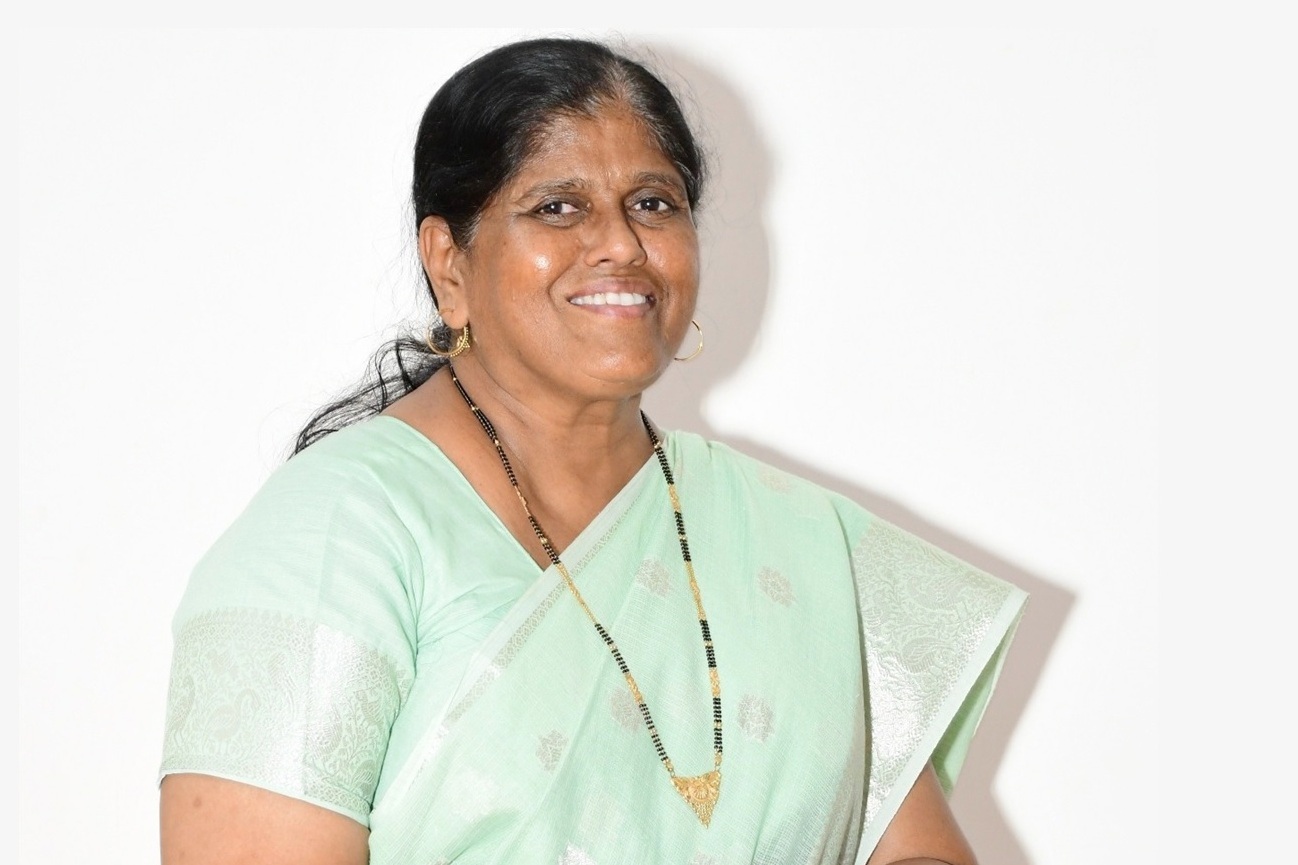


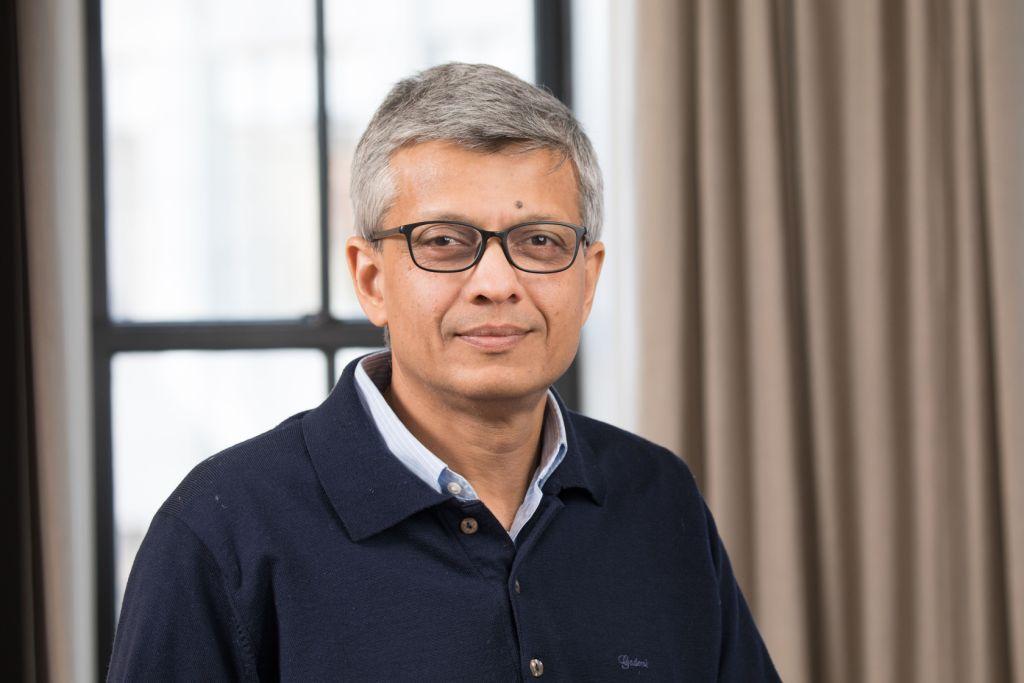

.jpg)




